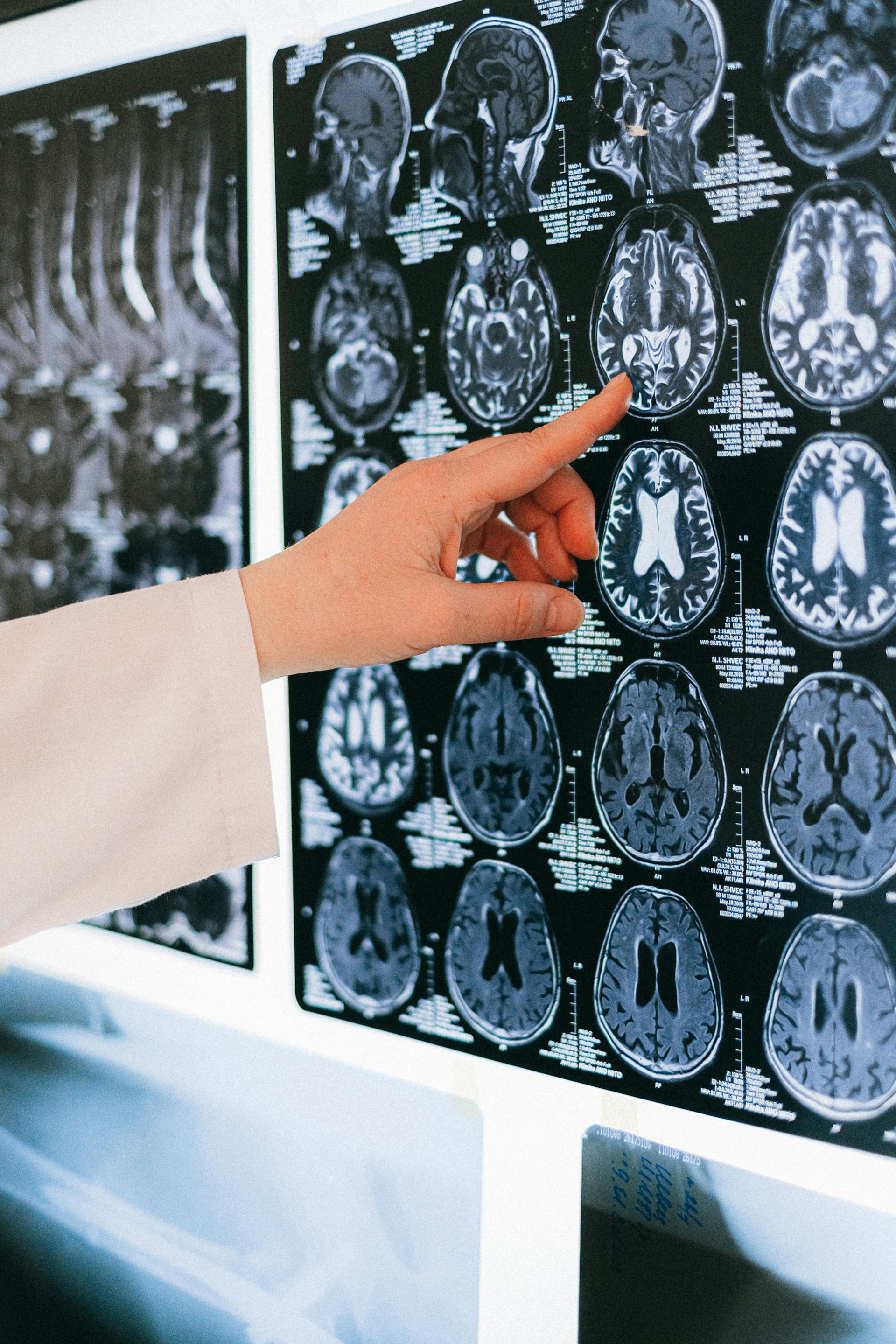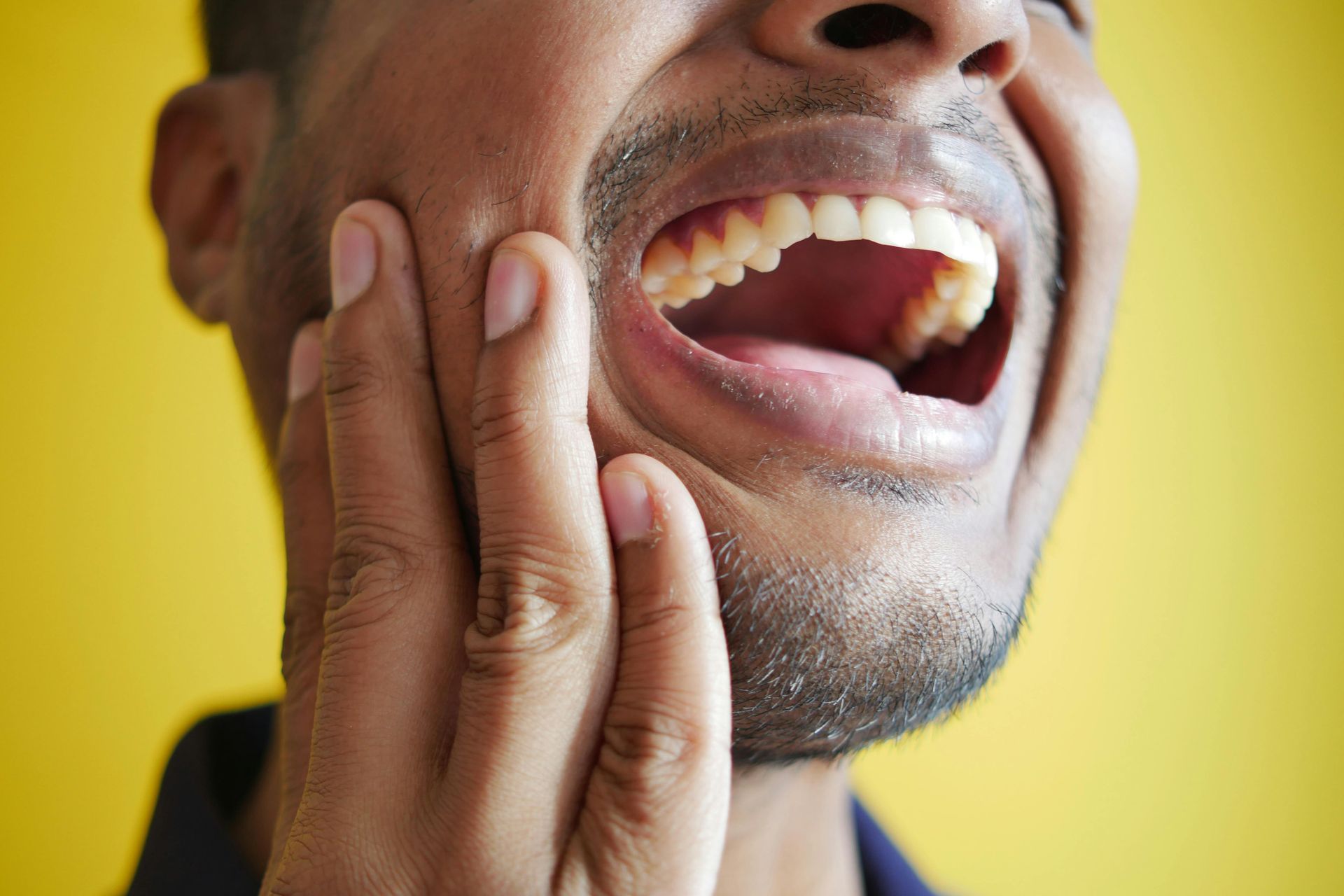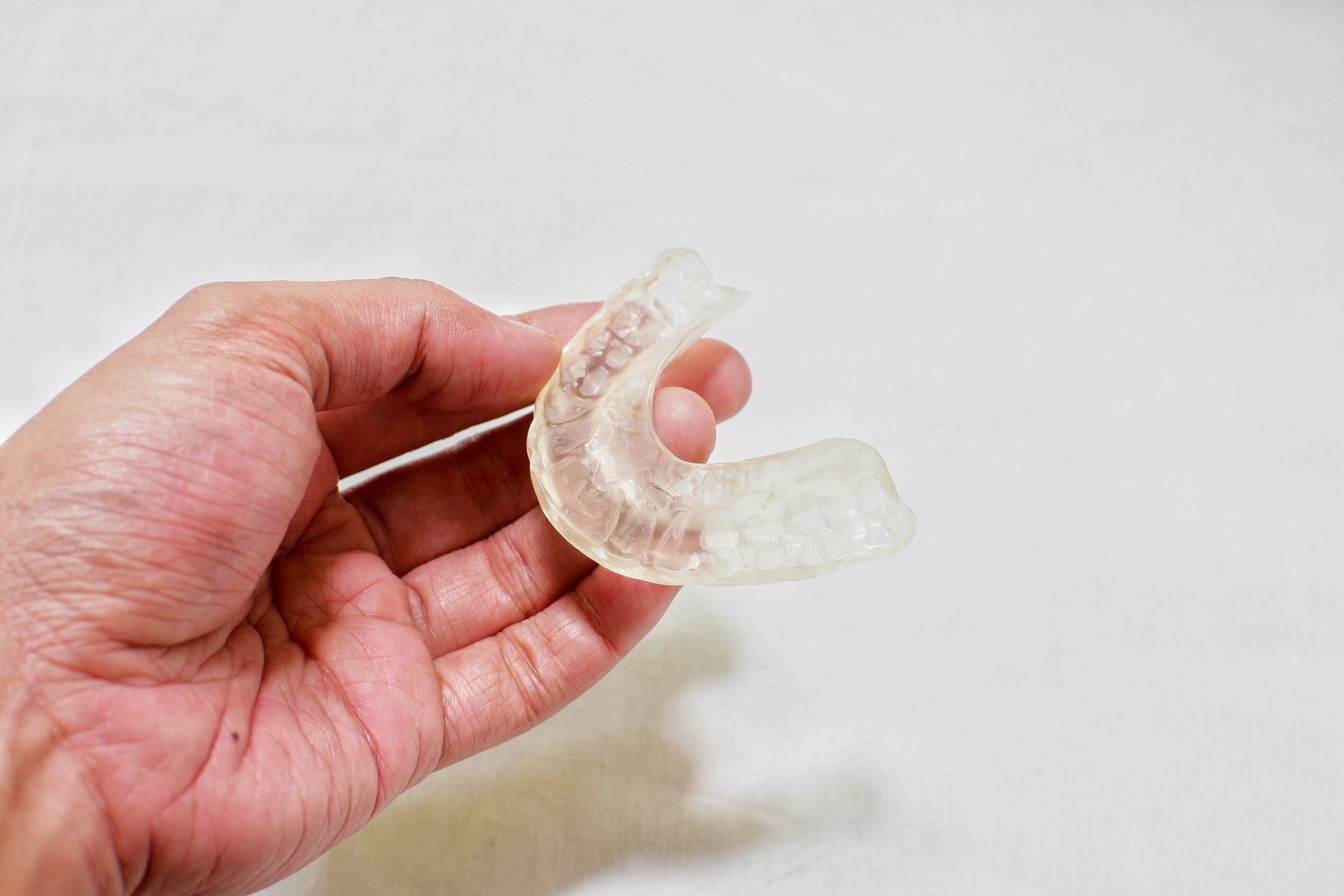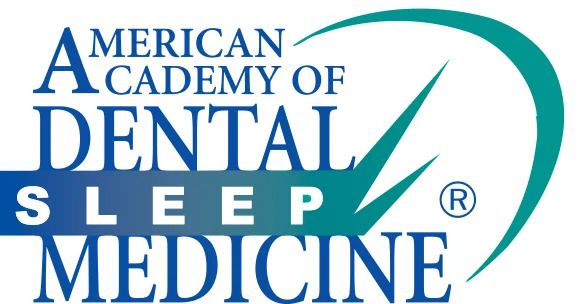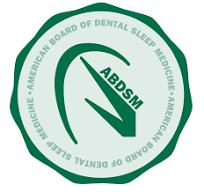Splint Therapy to Treat TMJ and TMD

Pain in and around the face and jaw affects millions of people every year, causing debilitating conditions that impact overall health and wellbeing. The pain creates constant tension in the muscles and nerves, further exacerbating the problem in a cycle that is difficult to break. Many times, the only way to relieve the discomfort is to relax the joints and muscles in the jaw, mouth, face, and neck.
Splint therapy for TMJ issues is a non-surgical, opioid-free option for successfully treating both the symptoms and causes of TMJ and orofacial pain. An integral component of a complete and comprehensive treatment plan–and often the first course of recommended action–splint therapy involves wearing a specialized mouthguard, or splint, to decrease strain on the jaw joint and muscles. This helps to reduce inflammation and pain, as well as improve the alignment of the jaw.
TMJ specialists Dr. Katherine S. Phillips and Dr. YC Joseph FischerHahm of Restore TMJ & Sleep Therapy have dedicated their practice to treating patients who suffer from TMJ and orofacial pain with proven therapies like splint therapy. For more than 15 years, they have helped thousands of patients find the best solutions possible to manage their symptoms and relieve their pain, and they remain at the forefront of cutting-edge therapies for treatment.
TMJ and Orofacial Pain
TMJ disorders and orofacial pain can make everyday life challenging. To make sense of these conditions, it can help to distinguish the terminology.
TMJ (Temporomandibular Joint) and Orofacial Pain Explained
The TMJ is the joint that connects your jaw to your skull, allowing you to talk, chew, and yawn. Problems caused by or related to the malfunctioning of this joint are referred to as TMJ disorders, or TMD. These disorders can cause pain and make it difficult to move your jaw properly.
Orofacial pain is a broader term and covers any discomfort you might feel in your mouth, jaw, face, or neck. Sometimes, orofacial pain is linked to TMJ disorders. But it can also come from other problems like dental issues or muscle tension, nerve problems, infections, and a host of other systemic health concerns.
Common Causes and Symptoms of TMD and Orofacial Pain
TMJ problems can happen for a variety of reasons, such as jaw injuries, arthritis, teeth grinding, stress, or even genetics. They often cause symptoms like:
Orofacial pain can come from dental issues, sinus problems, headaches, or muscle pain. This can lead to jaw pain, headaches, earaches, or trouble opening your mouth.
Why Professional Evaluation Matters
To figure out exactly what’s causing your TMJ or orofacial pain, you need help from a specialist. The TMJ experts at Restore TMJ & Sleep Therapy will use detailed physical exams, advanced diagnostics like X-rays or scans, and your medical history to pinpoint the problem. This detailed evaluation is essential for finding the root of the problem, developing an appropriate and effective treatment plan, and getting you back to pain-free living.
Splint Therapy to Treat TMD and Orofacial Pain
Splint therapy can be a very effective treatment for TMJ disorders and orofacial pain by addressing the issues at their source. By easing the strain on your jaw joint, splint therapy offers relief from discomfort and promotes better jaw function.
Splint therapy involves wearing a special custom mouthguard, or splint, that’s designed to fit your unique bite. This guard reduces pressure on the jaw joint and the surrounding muscles. By doing so, it lessens inflammation and pain while helping to restore proper jaw alignment.
Research consistently demonstrates the efficacy of splint therapy in managing TMJ disorders and orofacial pain, making it a proven and effective non-invasive treatment option for many patients. While individual results may vary depending on the severity and the underlying cause of their TMJ issues, the majority of splint therapy patients experience substantial improvements in their symptoms, from reduced pain to improved jaw function.
Types of Splints for TMD Issues
There are different types of splints used to treat TMJ issues, but one that is most commonly used is the occlusal splint. Occlusal splints are designed to help spread the bite forces evenly across the teeth, which helps reduce the stress placed on the jaw joints. This splint is carefully designed, providing a comfortable fit while protecting your teeth from clenching and grinding.
TMJ Splint vs. Night Guard
TMJ, or occlusal, splints are different from night guards.
TMJ splints are custom-made devices designed to fit your bite precisely and are created from impressions made of your teeth. They may be designed to cover some or all of the upper or lower teeth. These splints encourage proper jaw alignment by limiting jaw movement. By supporting and stabilizing the joint, an occlusal splint helps the jaw and surrounding muscles to relax and reduce tension and pain. While an occlusal splint can help with bruxism (teeth grinding), they are primarily used to relieve TMJ-related pain and discomfort by reducing the loading force in the jaw joint.
Night guards, on the other hand, are designed specifically to protect your teeth from the pressures of teeth grinding. They tend to have a simpler design, but like splints, they are custom-made from impressions of your teeth. A night guard does not prevent jaw movement but is designed to be a barrier between your upper and lower teeth and simply protect tooth structure.
Benefits of Splint Therapy
Splint therapy offers many advantages for treating TMJ disorders and orofacial pain. These include:
- Pain relief. Splint therapy is custom-tailored to address the specific causes of your TMJ pain. By reducing pressure on the jaw joint and muscles, it provides effective pain relief.
- Improved jaw function. Splints promote proper jaw alignment, which results in smoother and more comfortable jaw movement. With your jaw properly aligned, it restores your ability to chew, speak, and open your mouth wide without discomfort.
- Non-invasive. Unlike surgical treatments, splint therapy is non-invasive and reversible. It allows you to explore your options without the risks and recovery associated with surgery.
- Prevents further damage. By minimizing teeth grinding and reducing the impact of TMJ issues, splints can prevent additional dental and jaw problems from developing.
- Customization. Each splint is individually designed to fit your unique bite, ensuring maximum comfort and effectiveness. Splints also allow for adjustments and fine-tuning as needed to optimize your treatment.
Achieving Optimal Results from Splint Therapy
As a removable oral appliance, splints to treat TMJ must be worn properly to work properly, so success is often highly dependent on patient compliance. TMJ splints are not intended as a permanent solution, but rather as part of a more comprehensive treatment plan for relieving pain and improving function.
To get the most out of splint therapy, it’s important that you:
- Wear the splint as directed to manage symptoms.
- Are patient as you adjust to wearing the splint, which may feel strange at first. Some individuals also experience increased salivation or minor speech difficulties (if wearing the splint while awake.) However, most adapt quickly.
- Keep regular follow-up appointments to monitor your treatment and progress. Additionally, adjustments to the splint may be needed as your jaw alignment improves.
Why You Should See a TMJ Specialist for Splint Therapy
In addition to a unique understanding of the physiology of the muscles and bony structures of the face and jaw, as well as extensive experience in diagnosing and treating TMD, sleep apnea, bruxism, and more, TMJ specialists like Dr. Phillips and Dr. Joe take a holistic approach to care that targets the root of your pain and symptoms with the latest in proven and innovative treatment modalities.
Consulting with a TMJ specialist for splint therapy also has the additional advantages of:
Expertise
TMJ specialists are highly trained professionals with specialized knowledge in diagnosing and treating TMJ disorders and orofacial pain. Dr. Phillips, for example, is a Diplomate for the Boards of Dental Sleep Medicine and Orofacial Pain, backed by over 15 years of clinical experience. Dr. Joe is a trusted expert in TMJ pathologies and craniofacial pain with 15 years of clinical experience, well-versed in various schools of thought and concepts regarding TMJ/TMD treatment.
Accurate Diagnosis
TMJ specialists use advanced diagnostic tools and techniques to discover the exact cause of your discomfort. From various imaging tests to sleep studies, they know how to get the most accurate diagnosis. This ensures a precise and customized treatment plan.
Comprehensive Care
TMJ specialists offer a wide range of treatment options, including splint therapy, physical therapy, medications, and more. They tailor these treatments to address your unique needs and preferences.
Monitoring and Adjustment
Splint therapy isn’t a one-size-fits-all solution. TMJ specialists provide ongoing care, monitoring your progress and making necessary adjustments to your treatment plan for optimal results.
Consult with a TMJ Specialist Today
Splint therapy, guided by a TMJ specialist, offers a path to relief from TMJ disorders and orofacial pain. If you’re ready to live without TMJ pain and discomfort, it’s time to take the first step. Schedule a consultation with Dr. Katherine Phillips or Dr. Joe at Restore TMJ & Sleep Therapy and start your journey to a happier, healthier life.
-2700x842-1920w.png)






